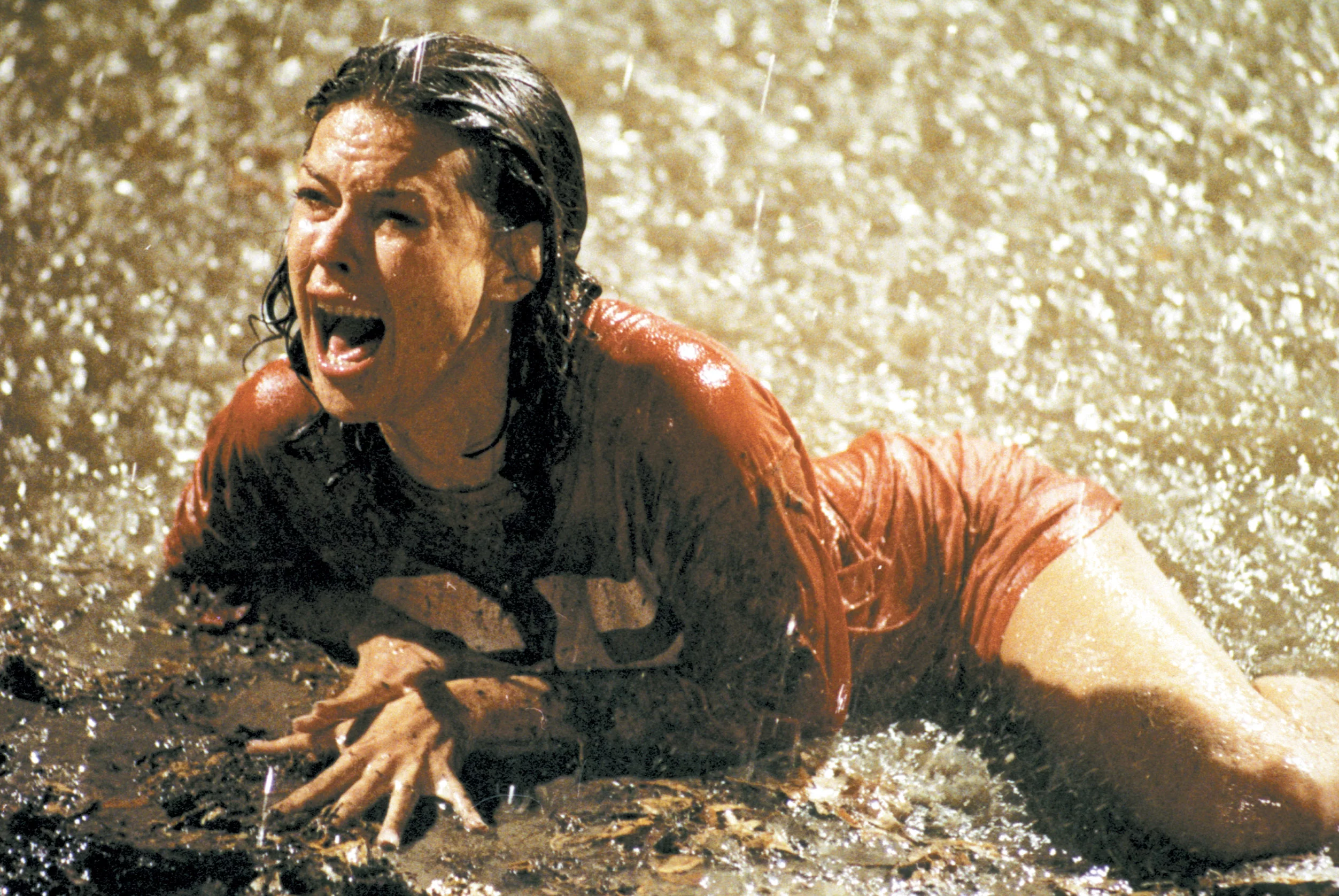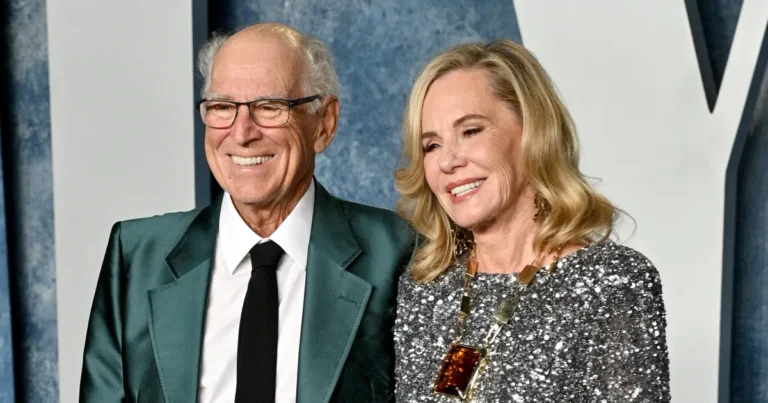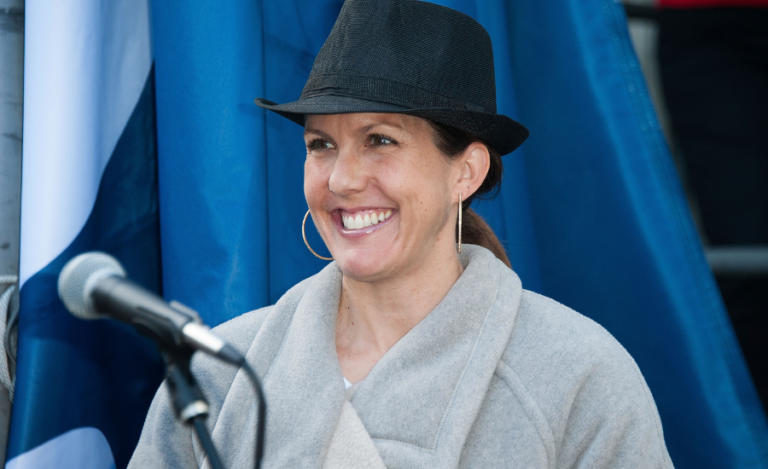The Eerie Truth Behind “Poltergeist” (1982): Real Human Skeletons as Props
The 1982 horror classic “Poltergeist,” directed by Tobe Hooper and produced by Steven Spielberg, has long captivated audiences with its chilling storyline and impressive special effects. However, one particular revelation has added an extra layer of creepiness to the film: the use of real human skeletons as props during its production. This unsettling fact has sparked significant debate about the ethics of filmmaking and the lengths to which filmmakers should go to achieve realism.
Origins of the Claim
The claim that real human skeletons were used in Poltergeist originated shortly after the film’s release. It was particularly highlighted in the infamous pool scene, where JoBeth Williams’ character, Diane Freeling, finds herself surrounded by skeletal remains. The rumors about the use of genuine human bones instead of artificial props quickly gained traction, leading to widespread discussion among fans and industry professionals.
Unveiling the Truth
In the depths of the “Poltergeist” story lies the unsettling revelation that real human skeletons were indeed used as props. This choice was prominently showcased in the film’s intense pool scene. The production team, aiming for impactful visuals while keeping costs down, opted for authentic human skeletons over artificial replicas. This decision was driven by the fact that genuine skeletons were more cost-effective than creating lifelike artificial ones. Although such a pragmatic yet macabre decision wasn’t uncommon in filmmaking at the time, it garnered significant attention due to the film’s prominence and subsequent scrutiny.
Evidence and Testimonies
The most frequently cited piece of evidence for this claim comes from JoBeth Williams, who played Diane Freeling. In an interview, Williams admitted to feeling uncomfortable on set, knowing that the skeletons surrounding her were real. This anecdote has been a cornerstone of the argument that real human remains were used. Craig Reardon, the special effects makeup artist for “Poltergeist,” also confirmed in a deposition related to a lawsuit that real skeletons were used. He mentioned that these skeletons were originally intended for medical purposes and were altered to look decayed for the film.
However, it’s important to note that while these testimonies provide compelling anecdotal evidence, there has been no official investigation to substantiate the claims fully. This leaves some room for skepticism and debate about the extent to which real human remains were utilized.
Reactions from Spielberg and the Crew
Steven Spielberg’s involvement and eventual acknowledgment of the use of real skeletons further fueled the controversy. His admission shed light on the practical and ethical dilemmas faced by the filmmakers. The decision to use real human remains disturbed many cast and crew members. For some, it added an uncomfortable layer of authenticity to the film, while for others, it was a distressing revelation that sparked moral questions about the treatment of human remains in the pursuit of art.
Impact on the Film Industry
The use of real skeletons in “Poltergeist” has had a lasting impact on the film industry. It raises significant ethical questions about the treatment of human remains and the lengths filmmakers should go to achieve realism. Today, strict regulations and ethical guidelines are in place to ensure the respectful and appropriate use of props, prioritizing synthetic materials whenever possible. The controversy surrounding “Poltergeist” has contributed to these developments, emphasizing the need for ethical considerations in filmmaking.
The “Poltergeist” Curse
Adding to the eerie lore of “Poltergeist” is the so-called “Poltergeist curse.” This refers to a series of tragic events and untimely deaths among the cast members following the film’s release. Dominique Dunne, who played the older sister, Dana, was murdered by her boyfriend in 1982. Heather O’Rourke, the young actress who played Carol Anne, died at the age of twelve in 1988 from a misdiagnosed illness. Julian Beck, who portrayed the malevolent spirit in “Poltergeist II,” succumbed to stomach cancer, and Will Sampson, who performed an exorcism on the set of the sequel, died from post-surgical complications.
These tragedies have fueled speculation about a curse, though it’s likely coincidental. Nevertheless, the association of these misfortunes with the film has added a layer of real-life horror to its legacy, affecting the way fans and the industry view the “Poltergeist” franchise.
Advances in Special Effects Technology
In the decades since “Poltergeist” was made, advancements in special effects technology have transformed the filmmaking landscape. Today, CGI and sophisticated animatronics allow filmmakers to create realistic effects without resorting to the use of real human remains. These technological advancements have addressed many of the ethical concerns that arose from the “Poltergeist” controversy, allowing for greater creative freedom while maintaining ethical integrity.
Ethical Standards in Contemporary Filmmaking
The “Poltergeist” controversy has led to a heightened awareness of ethical standards in filmmaking. Modern filmmakers are more conscious of the implications of their choices, particularly when it comes to sensitive subjects like human remains. The industry now emphasizes transparency, respect, and responsibility, ensuring that all materials used in film production are sourced and handled ethically. This shift reflects broader societal values and the ongoing effort to balance artistic expression with moral considerations.
Conclusion
The use of real human skeletons in “Poltergeist” adds a chilling layer of reality to the already eerie film. This revelation has sparked important discussions about the ethics of filmmaking, the treatment of human remains, and the lengths to which filmmakers should go to achieve realism. While the “Poltergeist” franchise remains a landmark in horror cinema, its legacy is now intertwined with questions of ethical integrity and the impact of filmmaking choices on those involved. As the industry continues to evolve, the lessons learned from “Poltergeist” serve as a reminder of the importance of ethical considerations in the pursuit of art.
Stay in touch to get more updates & news on Next Weblog!






